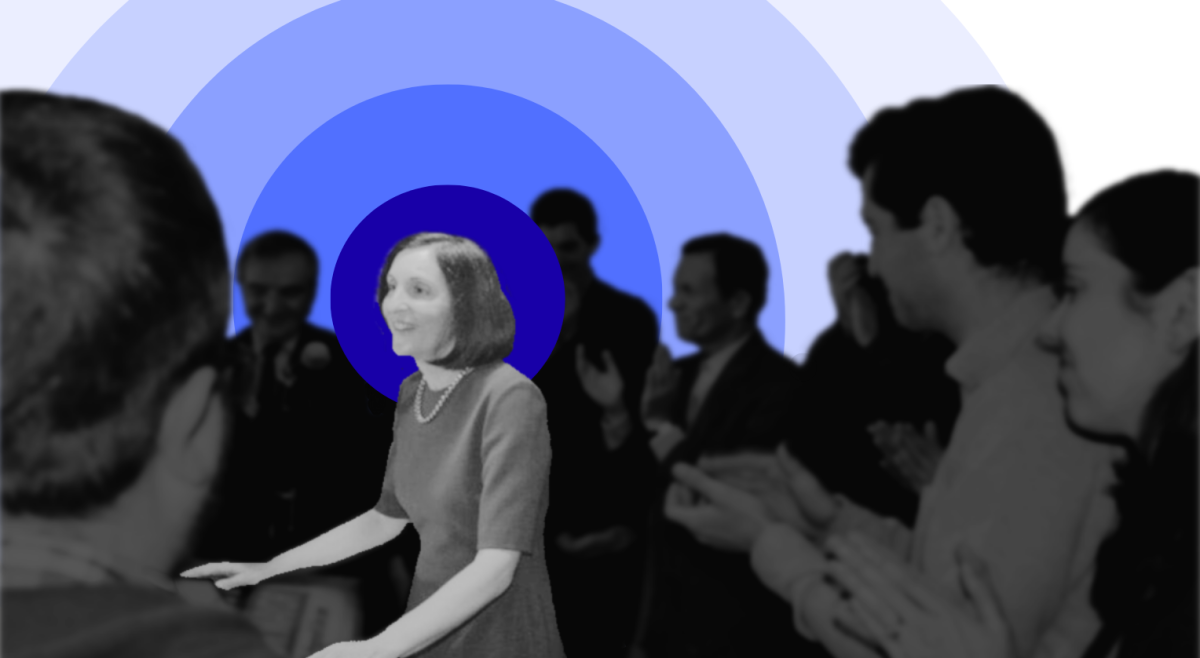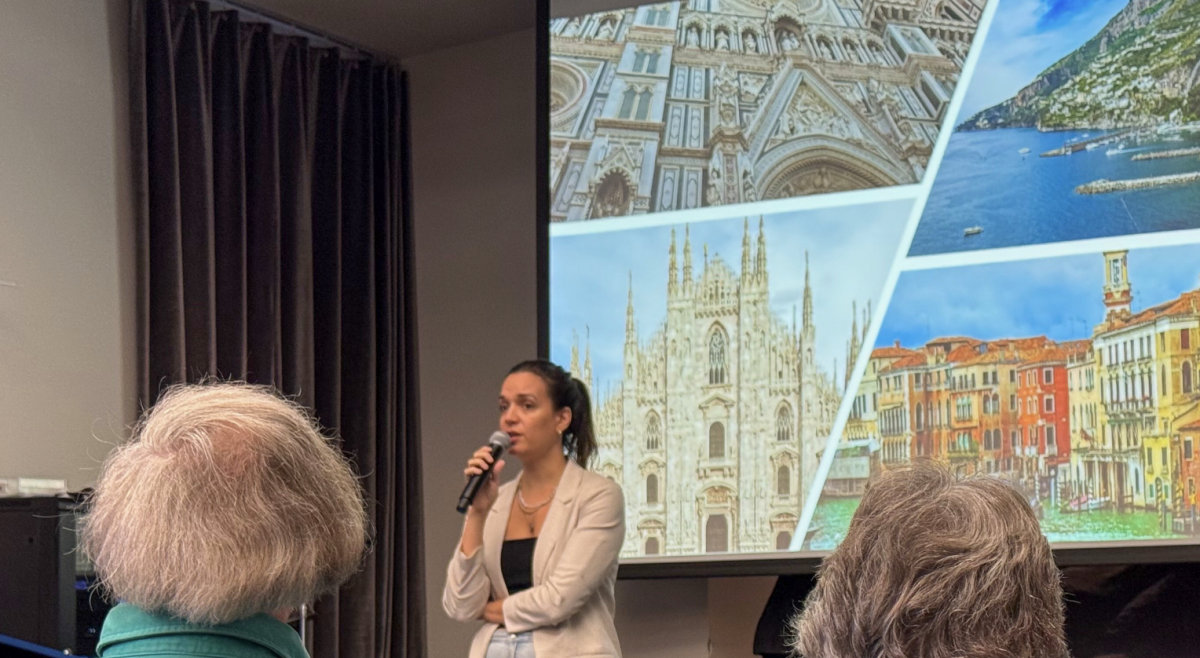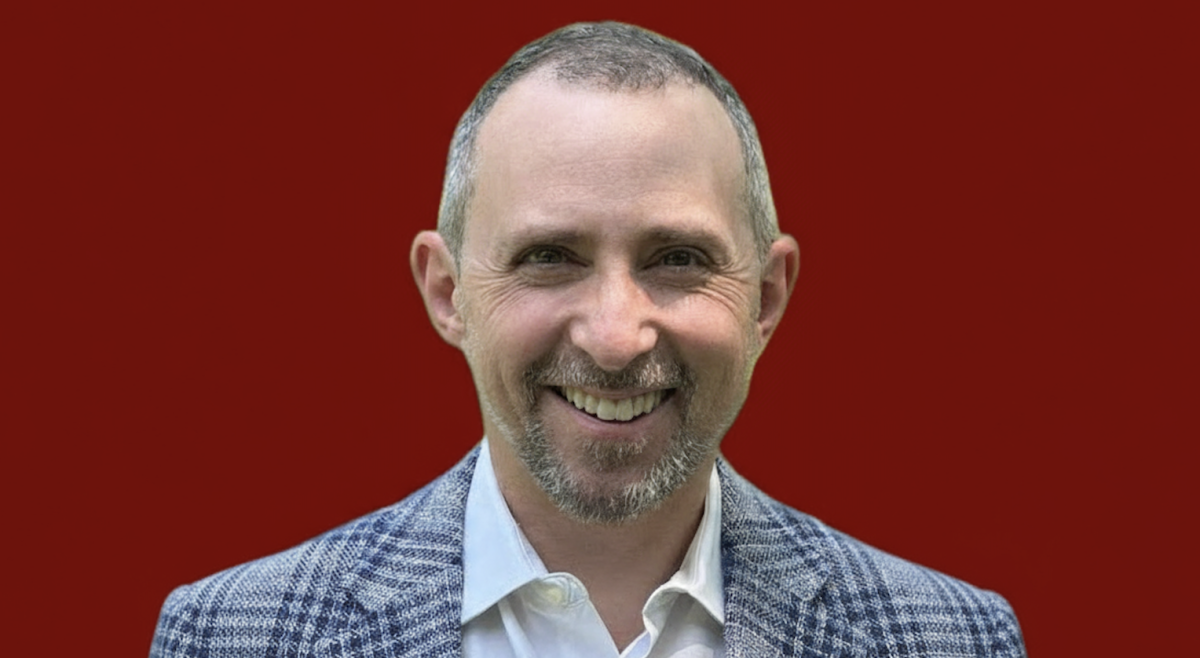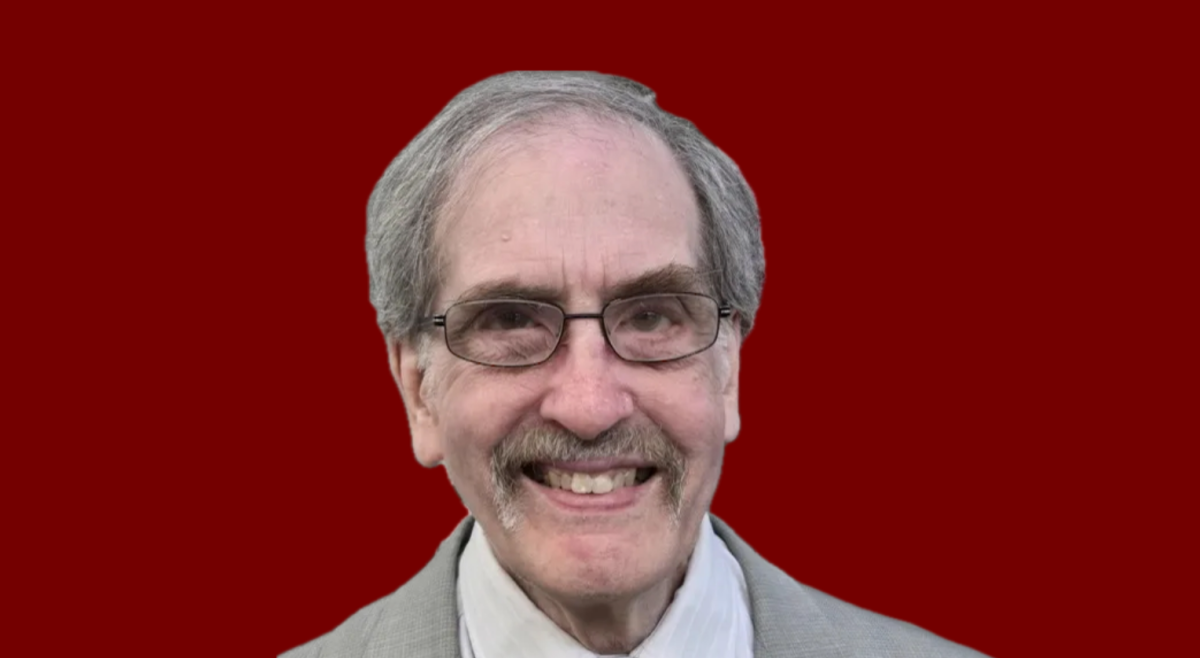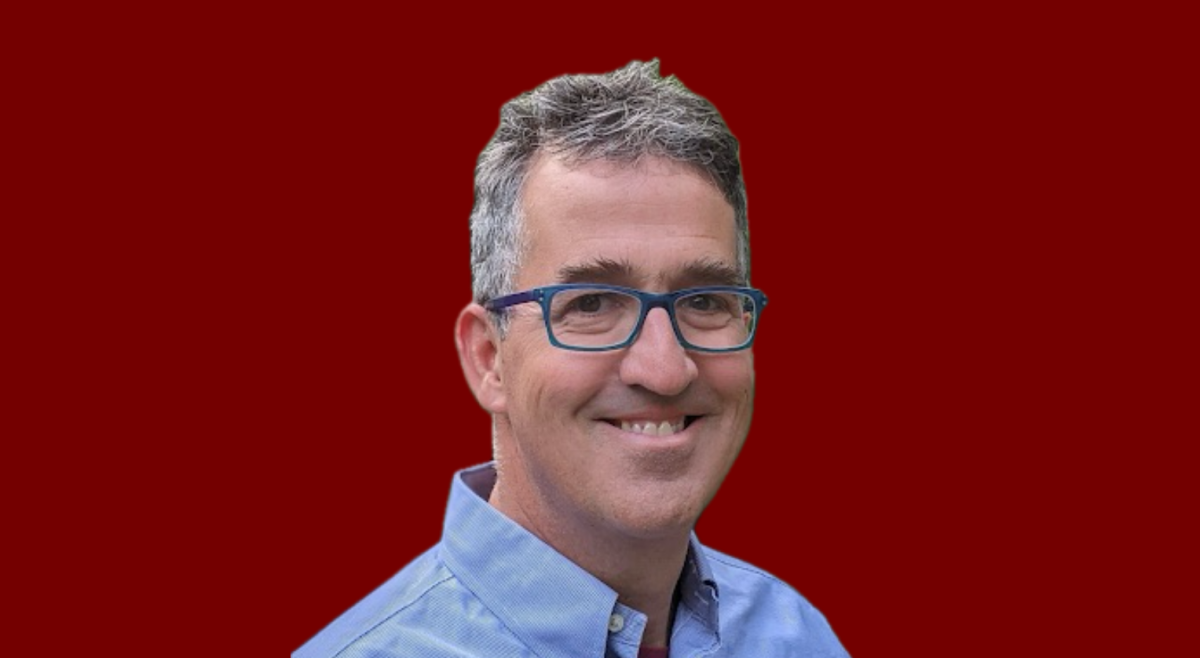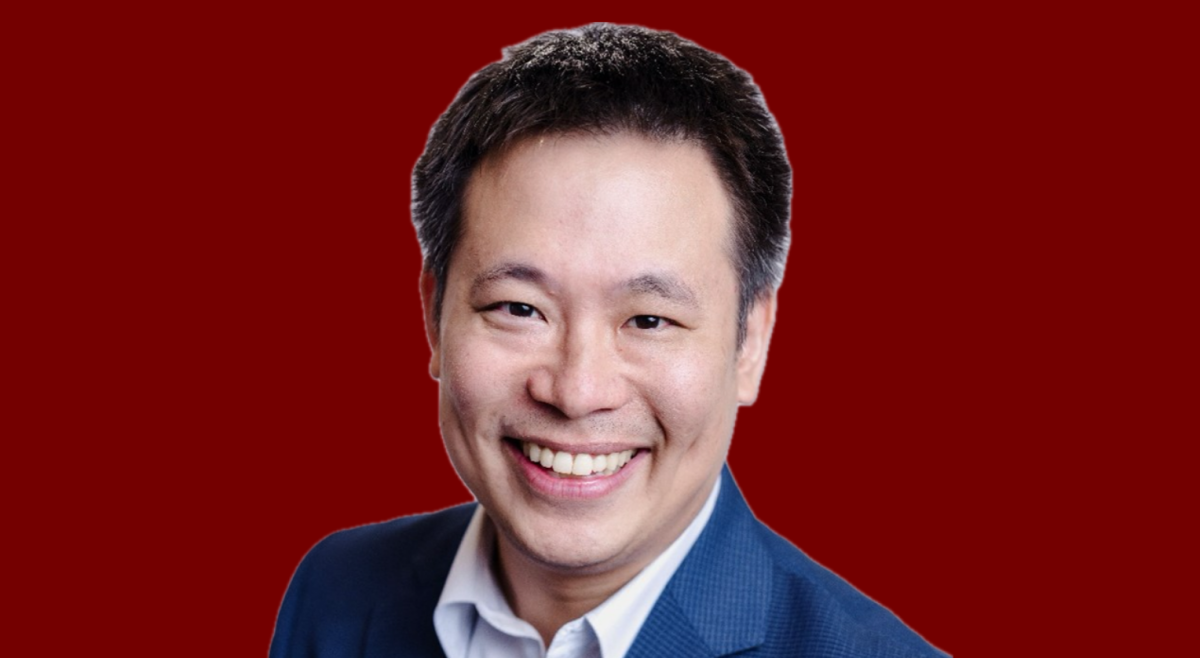Enter the space beyond the rare West African works of art and a current photography exhibit by Imogen Cunningham, and prepare to be immediately drawn to the textured upcycled blanket-like sculpture by Ghanaian artist, El Anatsui. From the Benin Kingdom of the 12th Century in the first room to the revolutionary impact of the camera on the art world presented in the second, the exhibit could be mistaken for a time lapse.
But don’t fret: this Museum of Fine Arts brainchild is Massed Media.
When people think of contemporary art, they generally consider it to be work relevant to today’s culture. But the Museum of Fine Arts’ Massed Media exhibit, running now through April 9, reveals that contemporary art requires the viewer to truly become present in order to unpack the complexity of a piece which will, one day, define their generation.
Emily Zilber, the Ronald C. and Anita L. Wornick Curator of Contemporary Decorative Art, explains that El Anatsui’s Black River was the foundation of her contemporary art exhibit. Thinking about the theme of “massing”—incorporating multiple components into an artistic whole—for some time now, Zilber saw this exhibit as the perfect opportunity to get one of the highlight pieces of the contemporary collection back in the gallery, particularly because massing is the primary strategy to Anatsui’s work.
And it shows.
Anatsui names his work “cloths.” Although the pieces alone—liquor bottle caps, aluminum and copper—are by no means fabric-like, his description relies in part on the fact that the quilt-like bottle caps are stitched together with copper wire, creating what is sometimes referred to as a “metallic tapestry.” Alone, these materials evoke a sense of excess, but together they create a world. In many ways this layered, mega-map comments on the way that pieces of the past facilitate a grasp on the present landscape in which the viewers find themselves.
Zilber explains that, like Anatsui, the works of the other artists in the exhibit are a result of simultaneous ideation. Each was concerned with how to use multiple components to make an object, or a statement, that is greater than the sum of its individual parts. By marrying otherwise incompatible materials in fresh ways, the artist can share his or her unique worldview.
This global phenomenon was central for Zilber, who hoped to give visitors a sense that these artists were all working with similar themes and material approaches, but from different geographic position—namely, the United States, Africa, Israel, China, and the Czech Republic.
Housed in the MFA’s Linde Gallery, the space may appear rather small for such big ideas about massing. With only four objects and a case of jewelry, the space is not overhung. Zilber admits this was deliberate.
“I wanted space for people to be able to experience and have time with the objects and look at the way that they don’t just take up physical space, but also psychic space around each other as well,” Zilber said.
The space itself mimics the interconnectedness and complexity of systems that these artists hope to explore. Once finished admiring the Anatsui piece, it is easy to bounce between the pieces—weaving an intricate web for oneself within the sparse room.
It is this performative space for the viewer that Zilber hopes visitors also encounter.
American Harry Bertoia’s “Sound Sculpture” does just this. His tonal sculpture of bronze and nickel alloy rods is both pleasing to the ears and hands. The way that the sounds and objects together build off one another further demonstrates the idea of cohesiveness that fascinates Zilber. She urges visitors to take this idea that artwork is experiential, and apply it to all of the objects in the exhibit.
Contemplation can be as powerful as touch—but the rebel comes out of every museum visitor as they realize the musicality that has been echoing through the white space stemmed from this multi-purposed piece. It’s reminiscent of the outside world in a tantalizingly yet meditative way.
Dance toward the glowing, rock-like formation to further warp your distinction between the organic and architectural worlds. Ayala Serfaty tints transparent glass rods, shapes them with a handheld torch and coats with polymer fibers, to form what looks like a frozen iceberg warming from within.
Zilber explains that out of all the artists Ayala was most interested in how people in the modern day interact with their natural environment. Viewers are forced to question whether Ayala’s piece was perhaps found rather than humanly formed. The use of industrial materials provokes ideas about the layers humans leave upon the natural world.
“This is a strategy that not just artists use—but a strategy that we find in the creation of objects throughout our environment—even natural ones,” Zilber said. “Nature itself is interested in masses. We have one beautiful leaf, but also the tree full.”
Featured Image by Lauren Talio / Heights Editor


